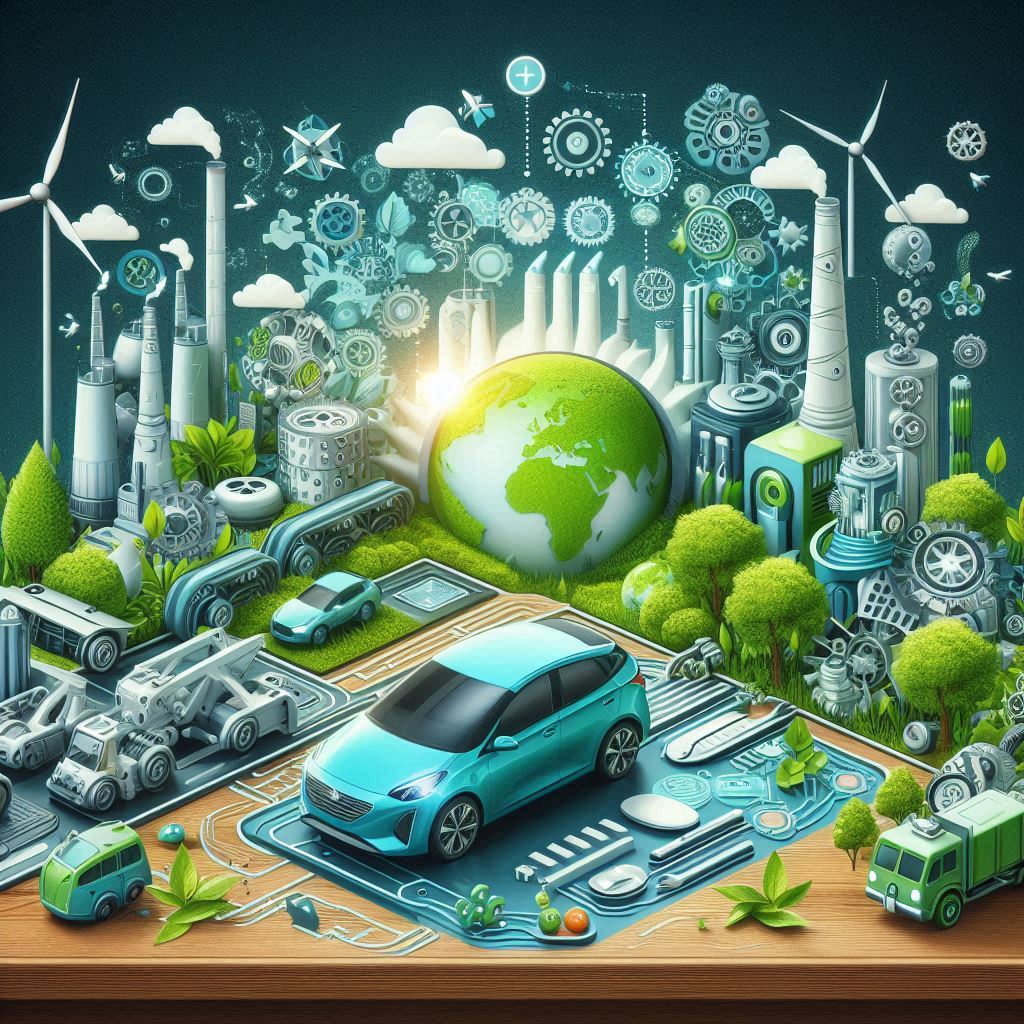SimpleEngineer's Idea / Prospect
Mechanical engineering has long been at the heart of industrialization, driving innovations that have transformed society and elevated standards of living worldwide. From the development of steam engines and industrial machinery to modern transportation systems and manufacturing processes, mechanical engineering has significantly contributed to economic growth and technological progress. However, the rapid pace of industrialization, which largely depended on mechanical engineering advancements, has also played a significant role in creating today’s environmental crisis.
The challenges of climate change, resource depletion, pollution, and loss of biodiversity are direct consequences of industrial practices that have prioritized profit and efficiency over sustainability. Mechanical engineers now face the urgent task of addressing these environmental problems while continuing to innovate. It is essential that they incorporate sustainable practices to mitigate the harmful effects of past industrial advancements. In this context, mechanical engineers are uniquely positioned to be key players in resolving the sustainability crisis.
How Mechanical Engineering-Based Industrialization Led to the Sustainability CrisisThe industrial revolution, powered by mechanical engineering innovations, dramatically increased human productivity and economic output. However, it also initiated a range of unsustainable practices that have had lasting consequences for the environment:
Fossil Fuel Dependence: The advent of steam engines and internal combustion engines revolutionized transportation and manufacturing, but they also entrenched society's reliance on fossil fuels like coal, oil, and natural gas. The burning of these fuels releases large quantities of carbon dioxide (CO₂) and other greenhouse gases (GHGs) into the atmosphere, leading to global warming and climate change. Mechanical engineering advancements in industrial machinery and vehicles, while highly efficient, have exacerbated this issue by increasing fossil fuel consumption.
Mass Production and Resource Depletion: Mechanical engineering innovations led to the creation of factories and mass production systems, enabling industries to produce goods on a large scale. However, this surge in production also meant increased consumption of raw materials such as metals, minerals, and fossil fuels. The extraction and processing of these materials are resource-intensive, leading to habitat destruction, biodiversity loss, and depletion of finite natural resources.
Pollution and Waste: Mechanical engineering advancements in manufacturing and industrial processes often led to the uncontrolled release of pollutants into the air, water, and soil. Factories and power plants emit toxic chemicals and particulate matter, contributing to air and water pollution, which harms both ecosystems and human health. Moreover, the rise of mass production has led to an increase in waste generation, much of which ends up in landfills or oceans, causing further environmental degradation.
Industrial Agriculture and Mechanized Farming: The development of agricultural machinery such as tractors, harvesters, and irrigation systems revolutionized food production. While these innovations increased agricultural yields, they also contributed to environmental problems like soil erosion, water depletion, and the overuse of synthetic fertilizers and pesticides. These chemicals often leach into water bodies, causing harm to aquatic life and polluting freshwater supplies.
The environmental crisis precipitated by industrialization calls for a new approach to mechanical engineering—one that prioritizes sustainability, resource efficiency, and the reduction of environmental impact. Several practices can help resolve the issues created by past engineering-based industrialization:
Shifting to Renewable Energy: One of the most effective ways to address the fossil fuel problem is by transitioning to renewable energy sources. Mechanical engineers are at the forefront of developing renewable energy technologies such as wind turbines, solar panels, and hydropower systems. By focusing on energy efficiency and optimizing the design of these systems, mechanical engineers can reduce society's reliance on fossil fuels and significantly lower greenhouse gas emissions.
Engineers can also contribute to energy storage solutions, such as designing efficient battery systems that store energy from renewable sources for use during periods of low energy generation. This shift will help create a more sustainable and resilient energy grid.
Designing for Energy Efficiency: Mechanical engineers can play a crucial role in making industrial processes and products more energy-efficient. In manufacturing, for instance, engineers can develop energy-efficient machinery, optimize production lines to reduce energy consumption, and adopt automation systems that minimize resource waste. By designing products that consume less energy throughout their lifecycle, mechanical engineers can significantly reduce the carbon footprint of industries and consumers alike.
Energy-efficient building systems, such as advanced HVAC systems and smart heating and cooling technologies, can also help reduce energy consumption in residential and commercial settings, contributing to lower emissions and greater energy conservation.
Adopting Circular Economy Principles: Circular design, which emphasizes reusing, repairing, and recycling materials, offers a powerful solution to resource depletion and waste generation. Mechanical engineers can design products with modular components that are easy to repair or upgrade, extending the life of products and reducing the need for raw materials. By developing machinery and systems that prioritize recyclability and minimize waste, engineers can help create closed-loop manufacturing systems that reduce the environmental impact of industrial production.
For example, designing parts for disassembly ensures that materials can be recovered and reused at the end of a product's life, rather than being discarded. Implementing these principles can greatly reduce the environmental footprint of both products and manufacturing processes.
Sustainable Manufacturing and Green Technologies: Manufacturing is one of the most energy- and resource-intensive sectors, but it also offers numerous opportunities for sustainability. Mechanical engineers can drive the adoption of green manufacturing practices that reduce emissions, conserve water, and minimize waste. Techniques such as additive manufacturing (3D printing), which produces minimal waste by building products layer by layer, can significantly improve resource efficiency.
Engineers can also explore using sustainable materials, such as biodegradable plastics or recycled metals, in product design and manufacturing. The development of clean technologies, such as energy-efficient industrial equipment, further supports efforts to make manufacturing processes greener and less harmful to the environment.
Decarbonizing Transportation: Transportation is a major source of carbon emissions, and mechanical engineers are instrumental in developing sustainable alternatives. Engineers can continue to advance the development of electric vehicles (EVs), improve the efficiency of electric motors, and design lightweight vehicle components that reduce energy consumption. The transition from gasoline-powered vehicles to electric or hydrogen-powered transportation will significantly reduce carbon emissions.
Additionally, mechanical engineers can work on improving public transportation systems, making them more efficient and accessible, which can reduce the number of private vehicles on the road and lower overall emissions.
Improving Industrial Water Usage: Industrial processes consume vast amounts of water, and mechanical engineers can address this issue by developing more efficient water management systems. Technologies such as closed-loop cooling systems, water recycling, and advanced filtration can reduce water consumption in factories and power plants. By designing systems that conserve water and minimize pollution, engineers can help protect freshwater ecosystems and reduce the environmental impact of industrial activities.
To effectively address the sustainability crisis, mechanical engineers must adopt practices that focus on long-term environmental health and resource conservation. Key practices include:
- Lifecycle Assessments (LCA): Engineers must evaluate the environmental impact of their designs from cradle to grave, ensuring that products are sustainable throughout their lifecycle—from raw material extraction to disposal.
- Eco-Friendly Material Selection: Using sustainable, recyclable, and renewable materials helps minimize environmental damage and resource depletion.
- Energy Audits: Conducting energy audits for industrial systems and processes allows engineers to identify areas for improvement and implement energy-saving measures.
- Embracing Green Certifications: Engineers should aim to design and implement systems that meet green certification standards such as LEED (Leadership in Energy and Environmental Design), ensuring their projects meet high sustainability benchmarks.
- Cross-Disciplinary Collaboration: Mechanical engineers can collaborate with environmental scientists, urban planners, and architects to create holistic solutions that integrate sustainability into infrastructure, technology, and urban development.
Conclusion: Resolving the Crisis Through Sustainable Mechanical Engineering
The environmental crisis caused by past mechanical engineering innovations demands a new approach to engineering—one rooted in sustainability, ethical responsibility, and long-term thinking. Mechanical engineers have a unique opportunity to lead the way in addressing the pressing issues of climate change, resource depletion, and environmental degradation. By embracing renewable energy, energy-efficient design, sustainable manufacturing, and circular economy principles, mechanical engineers can create solutions that not only drive technological progress but also protect the planet.
Sustainable mechanical engineering is not just about designing better machines—it’s about ensuring that the systems we build today will support a healthy, thriving planet for generations to come. By prioritizing sustainability in their work, mechanical engineers can help resolve the environmental crisis, ensuring that industrial advancements no longer come at the cost of the Earth’s well-being.
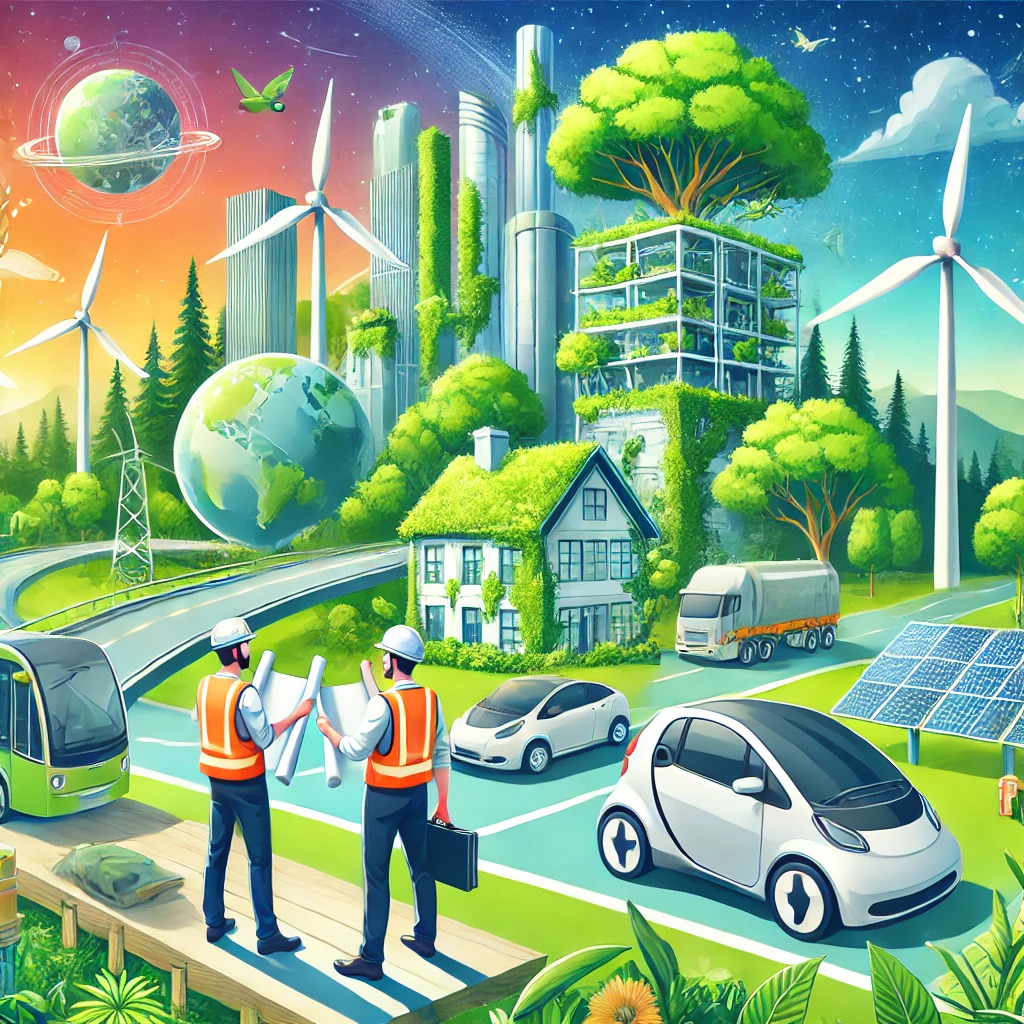
The Importance of Sustainability in Engineering: Shaping a Better Future for All Living Organisms
In today’s rapidly evolving world, engineering plays a critical role in shaping society and the environment. Historically, engineers have been seen as problem solvers who develop innovative solutions for industries and companies to enhance profitability and economic growth. However, as the global challenges of climate change, resource depletion, and environmental degradation become increasingly urgent, it is clear that the role of engineers must evolve. Modern engineers must not only focus on advancing industry but also take into account the long-term impacts of their work on the planet and all its inhabitants. In this context, sustainability is no longer an option—it is a responsibility.
The Shift Toward Sustainable Engineering
Traditionally, the primary goal of engineering projects has been to improve efficiency, reduce costs, and enhance production processes, often driven by the pursuit of economic gain. While these objectives are important, they tend to overlook the broader consequences of engineering decisions on the environment and society. The negative effects of unsustainable practices—such as pollution, habitat destruction, and excessive energy consumption—are becoming increasingly apparent, with severe consequences for the planet and future generations.
Sustainability in engineering is the practice of designing and implementing solutions that meet present needs without compromising the ability of future generations to meet their own. It involves minimizing the environmental footprint of projects, conserving resources, and considering the long-term impact on ecosystems. This shift in focus aligns with the growing recognition that engineers must not only work for industrial and economic growth but also for the well-being of the Earth and every living organism that calls it home.
The Role of Engineers in Addressing Environmental Challenges
Engineers are uniquely positioned to tackle some of the most pressing environmental challenges of our time. Their expertise in designing systems, infrastructure, and technologies allows them to develop innovative solutions to reduce waste, conserve energy, and minimize the environmental impact of human activities.
Resource Management and Conservation: Engineers can design technologies that use resources more efficiently, reducing the strain on natural systems. For example, in the construction industry, engineers can adopt sustainable materials and construction techniques to reduce energy consumption and waste. Similarly, in agriculture, they can design irrigation systems that conserve water or develop renewable energy sources to power farming equipment.
Renewable Energy and Carbon Reduction: One of the most critical areas where engineers can make a significant impact is in the transition to renewable energy. By developing technologies such as solar panels, wind turbines, and energy-efficient grids, engineers can help reduce the world’s dependence on fossil fuels and curb carbon emissions, which are major contributors to climate change. These innovations not only benefit human populations but also help protect wildlife habitats and ecosystems that are threatened by global warming.
Waste Reduction and Recycling: Engineers play a crucial role in designing systems for waste management and recycling. By creating efficient waste treatment plants, biodegradable materials, and recycling processes, they can minimize the harmful effects of waste on the environment. The rise of circular economy models, where waste is minimized, reused, and recycled, is an area where engineers can have a transformative impact on sustainability.
Infrastructure Resilience: Sustainable engineering also involves designing infrastructure that is resilient to the changing climate. Engineers can design buildings and urban systems that are energy-efficient, reduce emissions, and withstand extreme weather events, thus creating safer and more sustainable cities. Green infrastructure, such as urban forests and wetlands, can further enhance biodiversity and improve the quality of life for both humans and wildlife.
Engineers as Guardians of Future Generations
The responsibility of engineers extends beyond the immediate requirements of their projects; they are also stewards of the future. Every bridge, building, or technological innovation they create has the potential to affect future generations. A narrow focus on short-term profit at the expense of environmental sustainability could lead to severe consequences for the planet, potentially leaving future generations with fewer resources, greater environmental challenges, and a diminished quality of life.
By integrating sustainability into their work, engineers can ensure that the structures they design, the technologies they develop, and the processes they optimize do not come at the cost of the environment. This holistic approach fosters the creation of systems that support human life without endangering other species or depleting natural resources. Engineers must recognize that their work has a direct impact on all forms of life, from the smallest microorganisms to the largest ecosystems, and adopt a mindset that prioritizes the well-being of the planet as a whole.
A Call for Ethical Responsibility
In addition to the technical aspects of sustainability, there is an ethical dimension that engineers must embrace. The pursuit of profit and innovation should not come at the expense of ethical responsibility. Engineers are often bound by codes of conduct that emphasize the importance of public welfare, safety, and environmental protection. These ethical standards must be at the forefront of every engineering decision.
Sustainable engineering requires a balance between technological advancement, economic growth, and ecological preservation. Engineers must consider the impact of their work not only on the present generation but also on the lives of those who will inherit the Earth. Their actions should reflect a commitment to protecting the natural world and promoting social equity, ensuring that the benefits of technological progress are shared by all living organisms.
Conclusion: Engineering a Better Future for All
In conclusion, the importance of sustainability in engineering cannot be overstated. Engineers are not just creators of technologies and infrastructure—they are key players in the effort to create a better, more sustainable world for all living organisms. The challenges we face today, from climate change to resource depletion, demand that engineers expand their focus beyond industrial profitability and economic growth. They must integrate sustainability into every aspect of their work, recognizing that their creations have lasting impacts on the environment, society, and future generations.
By adopting sustainable practices, engineers can help ensure that the Earth remains a livable, vibrant place for both humans and the diverse ecosystems that we depend on. In doing so, they will not only fulfill their professional responsibilities but also contribute to a legacy of stewardship, innovation, and care for the planet—one that benefits all life forms and secures a healthier, more prosperous future.
Drones are playing a pivotal role in the evolution of unmanned farms by providing a range of capabilities that enhance precision agriculture, improve farm management, and increase overall efficiency. Here’s how drones are contributing to the development of unmanned farms:

- Aerial Surveillance: Drones equipped with high-resolution cameras and multispectral sensors can capture detailed images of crops from above. These images help farmers monitor crop health, identify stressed areas, and detect issues like nutrient deficiencies, disease, or pest infestations.
- Early Detection: By regularly surveying fields, drones can spot early signs of problems, allowing farmers to take corrective action before issues become widespread. This leads to better crop management and higher yields.
- Targeted Spraying: Drones can be used for precision spraying of pesticides, herbicides, and fertilizers. They can apply these substances only where needed, reducing chemical use and minimizing environmental impact.
- Variable Rate Application: Drones can be programmed to adjust the application rate of inputs based on the specific needs of different areas within a field. This ensures that each part of the field receives the optimal amount of treatment, leading to more uniform crop growth and better resource utilization.
- Aerial Seeding: Some drones are capable of dropping seeds directly into the soil, enabling aerial seeding of crops, especially in difficult-to-reach or rugged terrain. This is particularly useful for reforestation efforts or planting cover crops.
- Precision Planting: Drones equipped with seed dispensers can plant seeds with high precision, ensuring even distribution and optimal spacing for crop growth.
- Soil Mapping: Drones can carry sensors that measure soil properties, such as moisture content, temperature, and nutrient levels. This data is used to create detailed soil maps, helping farmers understand soil variability and make informed decisions about irrigation, fertilization, and crop rotation.
- Topographic Mapping: By creating 3D maps of the terrain, drones help farmers plan more effective irrigation systems, manage water flow, and prevent soil erosion.
- Water Stress Detection: Drones equipped with thermal cameras can detect water stress in crops by identifying temperature variations. This helps farmers optimize irrigation schedules and ensure that crops receive adequate water.
- Monitoring Irrigation Systems: Drones can fly over irrigation systems to check for leaks, blockages, or inefficiencies, ensuring that water is being distributed evenly and effectively across the farm.
- Real-Time Data: Drones provide real-time data on various aspects of farm operations, enabling quick decision-making. The data collected can be analyzed to identify trends, predict yields, and optimize resource allocation.
- Integration with AI and IoT: Drones can be integrated into broader IoT systems on the farm, working in conjunction with ground-based sensors and automated machinery. AI algorithms can analyze drone data to provide actionable insights, making farm management more precise and efficient.
- Accurate Field Maps: Drones create accurate maps of fields, including boundaries, crop zones, and infrastructure. These maps are essential for planning and optimizing farm operations, especially in large or complex fields.
- Plant Counting and Density Measurement: Drones can count individual plants and measure plant density across fields, helping farmers monitor crop establishment and adjust planting strategies as needed.
- Crop Maturity Assessment: Drones can monitor crop maturity levels across large fields, helping farmers determine the optimal time for harvesting. This ensures that crops are harvested at peak quality and reduces the risk of losses.
- Guiding Autonomous Harvesters: Drones can provide aerial views and data that guide autonomous harvesting machines, improving the efficiency and accuracy of the harvest.
- Herd Surveillance: Drones can be used to monitor livestock, tracking their movements, health, and behavior. This is especially useful for managing large herds or in difficult terrain.
- Grazing Management: By monitoring pasture conditions and livestock distribution, drones help farmers manage grazing patterns, ensuring sustainable use of grazing lands.
- Climate and Weather Data: Drones can be equipped with sensors to monitor local climate and weather conditions, helping farmers adapt to changing conditions and plan their activities accordingly.
- Biodiversity and Ecosystem Health: Drones can be used to monitor the biodiversity and health of ecosystems on and around the farm, ensuring that farming practices are environmentally sustainable.
Drones are transforming unmanned farms by providing critical data, enabling precision agriculture, and automating various tasks. They allow for more efficient resource use, reduce labor costs, and increase crop yields, making farming more sustainable and profitable. As drone technology continues to evolve, it will likely become an even more integral part of modern agriculture, driving further innovation and efficiency in unmanned farms.
The Khudabad Mosque, also known as the Grand Mosque of Khudabad, located in Dadu District, Sindh, Pakistan, is notable for several engineering and architectural features that reflect its historical and cultural significance. Here are some key aspects from an engineering perspective:
- Earthquake Resistance: The mosque has been designed to withstand seismic activity, which is significant in a region prone to earthquakes. The structural integrity of the building is maintained through the use of thick walls and robust construction techniques.
- Load Distribution: The design of the mosque includes arches and domes that effectively distribute weight, reducing the stress on individual structural elements and enhancing overall stability.
2. Materials and Construction Techniques
- Local Materials: The mosque was constructed using locally sourced materials, which were chosen for their durability and suitability to the local climate. This includes bricks, lime mortar, and stone.
- Traditional Techniques: The construction methods reflect traditional engineering practices, including the use of mud brick and timber, which provide both insulation and strength.
3. Architectural Features
- Dome Construction: The Khudabad Mosque features a large central dome, which is an engineering marvel of its time. The dome construction involves precise geometric calculations to ensure stability and symmetry.
- Vaulting Techniques: The mosque employs various vaulting techniques to create spacious and aesthetically pleasing interiors while maintaining structural integrity.
4. Acoustic Design
- Sound Amplification: The architectural design of the mosque, including the placement of the dome and the configuration of interior spaces, enhances acoustics, allowing for sound to travel clearly throughout the prayer hall.
- Natural Amplification: The use of specific materials and architectural shapes helps in naturally amplifying the voice of the Imam, ensuring that prayers and sermons can be heard clearly by all worshippers.
5. Climate Adaptation
- Natural Ventilation: The mosque incorporates features for natural ventilation, which helps keep the interior cool in the hot climate of Sindh. This includes strategically placed windows and ventilators.
- Thermal Mass: The thick walls and use of specific construction materials provide thermal mass, which helps in maintaining a stable indoor temperature by absorbing heat during the day and releasing it at night.
6. Water Management
- Drainage Systems: The mosque features an efficient drainage system to manage rainwater and prevent water damage to the structure. This includes sloped roofs and channels that direct water away from the foundation.
- Water Conservation: Historically, mosques in the region often included systems for collecting and conserving water, such as cisterns and wells, to ensure a reliable water supply for ablution and other needs.
7. Preservation and Restoration
- Heritage Conservation: Engineering efforts in the preservation and restoration of the Khudabad Mosque focus on maintaining its original structural and architectural integrity. This includes using traditional materials and techniques to repair and restore the mosque.
- Modern Techniques: While traditional methods are used for restoration, modern engineering techniques are also employed to ensure the longevity and safety of the structure without compromising its historical value.
In summary, the Khudabad Mosque stands out from an engineering perspective due to its earthquake-resistant design, use of local materials, traditional construction techniques, advanced acoustic and climate adaptation features, efficient water management, and ongoing preservation efforts. These elements collectively highlight the ingenuity and foresight of its original builders, as well as the importance of integrating modern engineering practices in its conservation.
Recently there was huge innovation buzz from Taivan over Rocket Science and Engineering about Rocket propulsion Hybrid Engine. made by pair of scientist lets get some details what is it?
The Tsua-Ing hybrid rocket engine is an innovative propulsion system named after its inventors, Professor Tsai and Professor Ing from the National Cheng Kung University in Taiwan. This hybrid rocket engine represents a significant advancement in rocket propulsion technology, combining elements of both solid and liquid rocket engines to offer improved performance and safety. Here are some key aspects of the Tsua-Ing hybrid rocket engine:
Key Features of the Tsua-Ing Hybrid Rocket EngineHybrid Propulsion System:
- Solid Fuel: The rocket engine uses a solid propellant, which serves as the fuel. This is typically composed of materials that are stable and easy to handle.
- Liquid or Gaseous Oxidizer: The oxidizer is stored separately in a liquid or gaseous form, which is injected into the combustion chamber to react with the solid fuel.
Advantages of Hybrid Rockets:
- Safety: Hybrid rockets are generally safer than liquid rockets because the fuel and oxidizer are stored separately, reducing the risk of accidental explosions.
- Throttle Control: The engine's thrust can be adjusted by controlling the flow rate of the oxidizer, providing greater flexibility in propulsion.
- Restart Capability: Hybrid engines can be restarted multiple times during a mission, unlike traditional solid rocket engines which burn continuously until the fuel is exhausted.
Innovations by Tsua and Ing:
- Enhanced Performance: The Tsua-Ing hybrid rocket engine incorporates design improvements that enhance combustion efficiency and overall performance.
- Environmental Impact: This engine design aims to reduce the environmental impact of rocket launches by utilizing cleaner combustion processes and more environmentally friendly propellants.
Applications:
- Space Exploration: The Tsua-Ing hybrid rocket engine is suitable for launching satellites, scientific payloads, and other space missions.
- Educational and Research Purposes: Due to its safety and simplicity, it is also used in educational institutions and research labs to study rocket propulsion.
Technical Specifications:
- Fuel Composition: Specific details about the fuel composition and oxidizer used in the Tsua-Ing hybrid rocket engine may vary, but typically involve combinations optimized for high performance and safety.
- Thrust and Efficiency: The engine is designed to deliver high thrust while maintaining efficient fuel consumption and combustion.
The Tsua-Ing hybrid rocket engine is a noteworthy development in the field of rocket propulsion, offering a blend of solid and liquid rocket technologies to achieve a safer, more flexible, and environmentally friendly propulsion system. Its contributions to both practical space missions and educational research highlight its importance in advancing aerospace engineering.
Sustainable food production through agricultural engineering involves a combination of techniques, technologies, and practices designed to increase efficiency, reduce environmental impact, and ensure long-term viability. Here are several key strategies:
Precision Agriculture:
- GPS and GIS Technologies: Use GPS for field mapping and GIS for analyzing soil, crop, and field data to make precise planting, fertilizing, and harvesting decisions.
- Remote Sensing: Employ drones and satellites to monitor crop health, soil conditions, and water usage.
- Variable Rate Technology (VRT): Apply inputs like fertilizers and pesticides at variable rates across a field, optimizing their use and minimizing waste.
Soil Health Management:
- Cover Cropping: Plant cover crops to improve soil structure, increase organic matter, and prevent erosion.
- Crop Rotation: Rotate different crops in the same field to disrupt pest cycles and improve soil fertility.
- Conservation Tillage: Reduce tillage to maintain soil structure, reduce erosion, and increase water retention.
Water Management:
- Efficient Irrigation Systems: Implement drip or sprinkler irrigation systems to reduce water use and increase efficiency.
- Rainwater Harvesting: Collect and store rainwater for irrigation purposes.
- Soil Moisture Sensors: Use sensors to monitor soil moisture levels and irrigate only when necessary.
Integrated Pest Management (IPM):
- Biological Controls: Use natural predators or parasites to control pest populations.
- Cultural Practices: Implement practices like crop rotation and intercropping to reduce pest habitats.
- Chemical Controls: Use pesticides as a last resort and select those with minimal environmental impact.
Energy Efficiency:
- Renewable Energy Sources: Incorporate solar, wind, or bioenergy systems to power agricultural operations.
- Energy-Efficient Equipment: Use modern, energy-efficient machinery and optimize their use to reduce fuel consumption.
Waste Reduction and Recycling:
- Composting: Convert organic waste into compost to enrich soil.
- Residue Management: Utilize crop residues for mulching or as animal feed.
- Biodegradable Packaging: Develop and use biodegradable packaging materials for food products.
Genetic Improvement:
- Breeding and Biotechnology: Develop crop varieties that are more resistant to pests, diseases, and environmental stresses.
- GMO and CRISPR Technologies: Use genetic modification and gene editing techniques to enhance crop resilience and productivity.
Agroecology and Permaculture:
- Agroforestry: Integrate trees and shrubs into agricultural landscapes to improve biodiversity and ecosystem services.
- Polyculture: Grow multiple crops in the same space to mimic natural ecosystems and increase resilience.
Data and Analytics:
- Big Data and IoT: Utilize data analytics and Internet of Things (IoT) devices to monitor and optimize all aspects of agricultural production.
- Farm Management Software: Implement software solutions to manage and analyze farm operations more efficiently.
Education and Training:
- Farmer Training Programs: Educate farmers on sustainable practices and technologies.
- Research and Development: Invest in R&D to continuously improve sustainable agricultural methods.
Implementing these strategies requires a holistic approach, considering economic, environmental, and social factors to ensure that agricultural practices are truly sustainable.
Engineering is at the heart of innovation and progress, driving advancements that shape our world and improve our quality of life. This article explores the critical role engineering plays in building a better future, touching on various fields and their contributions to societal advancement.
Advancements in Technology- Development of Cutting-Edge Technologies
- Smart Devices and AI: Engineers are at the forefront of developing smart devices and artificial intelligence, revolutionizing how we interact with technology and enhancing productivity.
- Example: The integration of AI in healthcare for early diagnosis and personalized treatment plans.
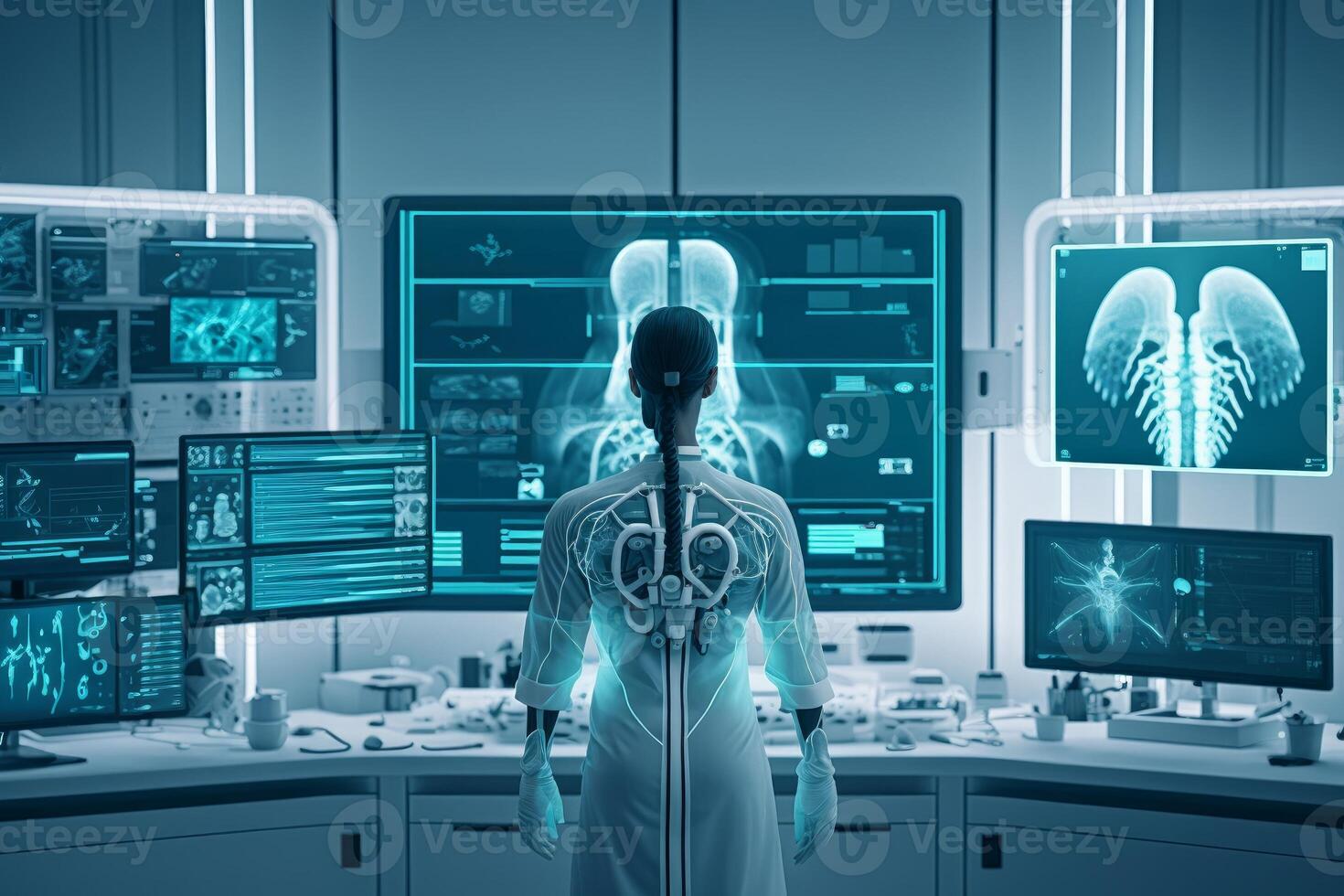
- Internet of Things (IoT)
- Connected Ecosystems: Engineering has enabled the creation of IoT, where devices communicate with each other, leading to smarter homes, cities, and industries.
- Example: Smart cities using IoT to manage resources efficiently and reduce energy consumption.
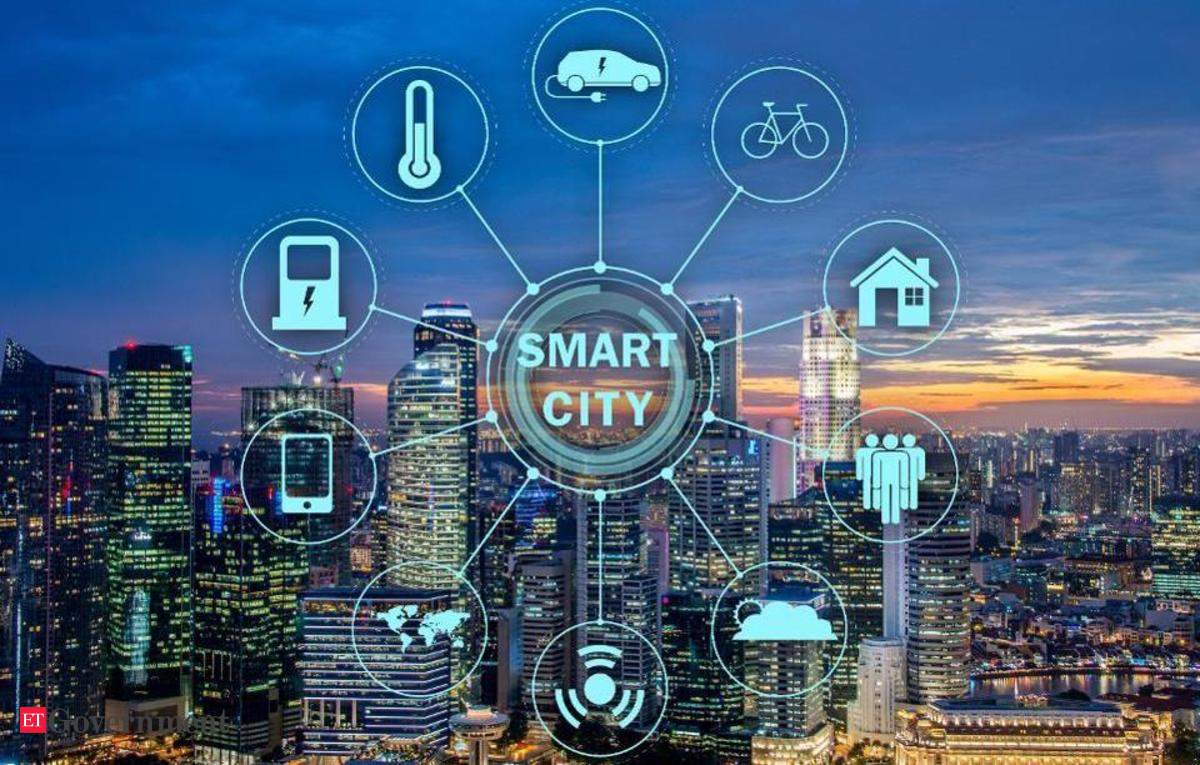
- Renewable Energy Solutions
- Green Energy Innovations: Engineers are developing renewable energy technologies such as solar, wind, and hydroelectric power, reducing reliance on fossil fuels and mitigating climate change.
- Example: Large-scale solar farms providing sustainable energy to communities.
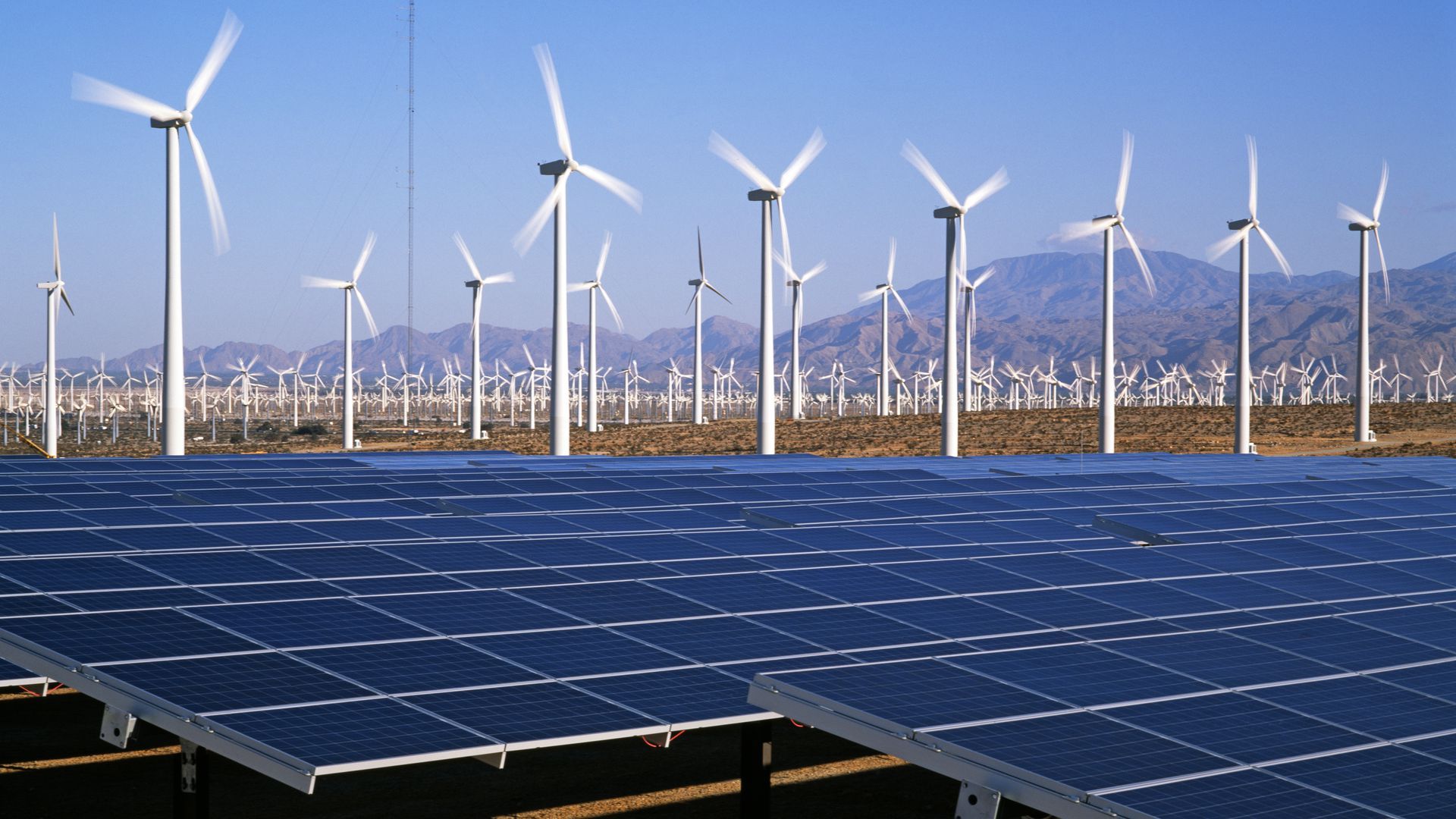
- Healthcare Innovations
- Medical Devices and Biotech: Engineers develop advanced medical devices and biotechnology solutions that improve healthcare outcomes and enhance the quality of life.
- Example: Wearable health monitors that track vital signs and provide real-time health data.
- Improved Transportation Systems
- Smart and Sustainable Transport: Engineering innovations in transportation, such as electric vehicles and smart traffic management systems, contribute to safer and more efficient travel.
- Example: Autonomous electric vehicles reducing traffic congestion and pollution.
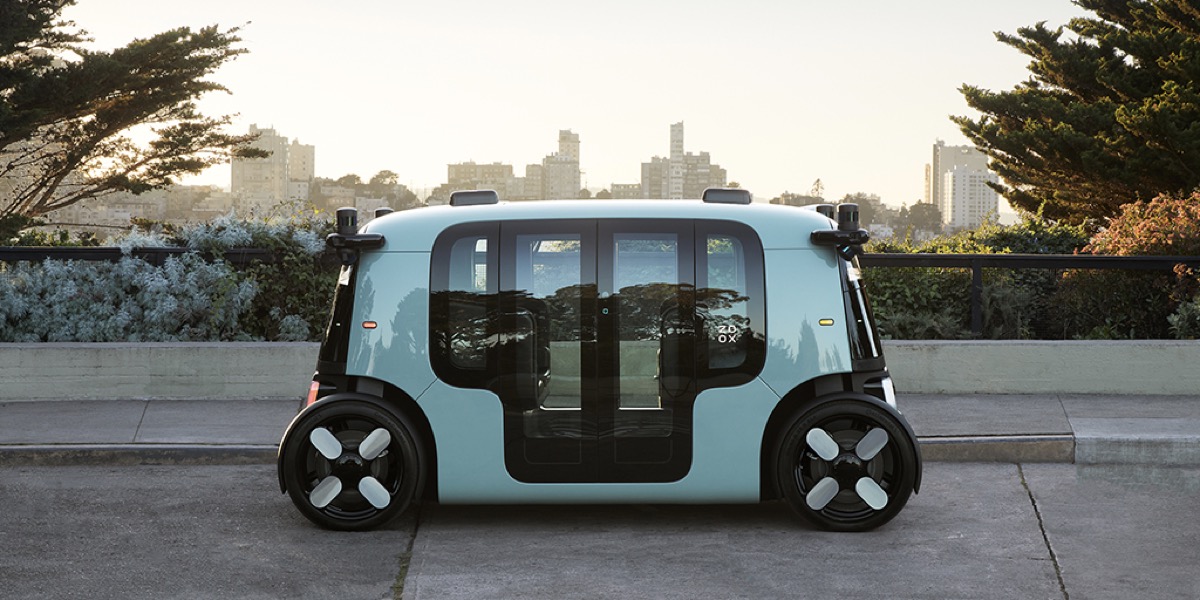
- Industrial Automation
- Efficiency and Productivity: Engineering in automation and robotics has transformed manufacturing, increasing efficiency, productivity, and safety.
- Example: Automated assembly lines in factories producing goods faster and with higher precision.
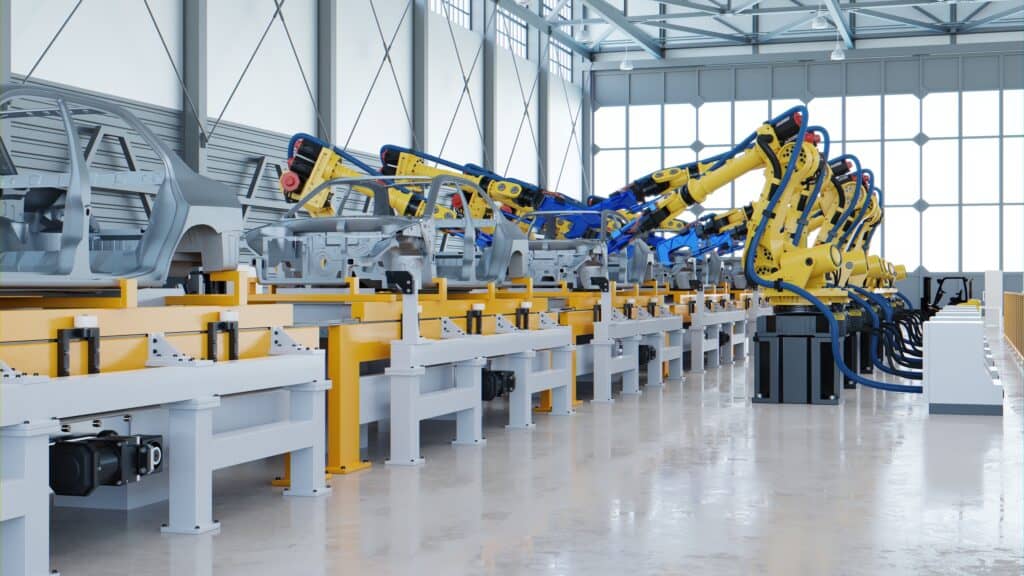
- Innovation and Entrepreneurship
- Startups and New Technologies: Engineering fosters a culture of innovation and entrepreneurship, leading to the creation of new technologies and businesses that drive economic growth.
- Example: Tech startups developing innovative solutions to address global challenges.
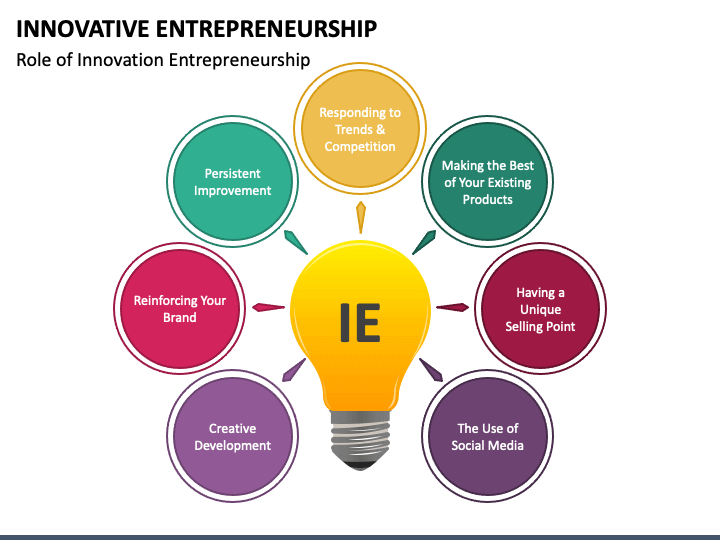
- Sustainable Infrastructure
- Eco-Friendly Buildings: Engineering principles are applied to design sustainable buildings that use less energy and resources, promoting environmental stewardship.
- Example: Green buildings with energy-efficient systems and sustainable materials.

- Access to Clean Water and Sanitation
- Water Treatment Technologies: Engineers develop technologies for clean water and sanitation, improving health and living conditions in underserved communities.
- Example: Portable water purification systems providing clean drinking water in remote areas.

- Education and Empowerment
- STEM Education: Engineering plays a crucial role in promoting STEM education, empowering the next generation with the skills needed to innovate and solve future challenges.
- Example: Educational programs and workshops inspiring young students to pursue careers in engineering and technology.
Engineering is a driving force behind many of the advancements that shape our world and improve our lives. From developing cutting-edge technologies and promoting sustainable development to enhancing quality of life and driving economic growth, engineering is crucial in building a better future. By continuing to innovate and apply engineering principles, we can address global challenges and create a more sustainable, prosperous, and equitable world.
Enterprise Governance and Enterprise Engineering are two complementary disciplines that help organizations achieve their goals and remain competitive in a rapidly changing environment. Here’s why they are important:
Enterprise Governance
1. Strategic Alignment: Ensures that all activities within the organization align with the overall strategy and objectives. This helps in prioritizing initiatives that drive value.
2. Risk Management: Provides a framework to identify, assess, and manage risks that could impact the organization’s ability to achieve its goals.
3. Accountability and Transparency: Establishes clear roles, responsibilities, and reporting structures, promoting accountability and transparency within the organization.
4. Performance Measurement: Implements mechanisms to monitor and measure performance against set goals, enabling continuous improvement and informed decision-making.
5. Regulatory Compliance: Ensures that the organization adheres to laws, regulations, and standards, thereby avoiding legal issues and penalties.
Enterprise Engineering1. Process Optimization: Focuses on designing and improving business processes to increase efficiency and effectiveness, thereby reducing costs and enhancing quality.
2. Innovation and Adaptation: Facilitates the development of new products, services, and business models, allowing the organization to adapt to market changes and technological advancements.
3. System Integration: Ensures that different systems within the organization work together seamlessly, improving data flow and operational efficiency.
4. Organizational Design: Helps in structuring the organization in a way that supports its strategy and operations, including defining roles, responsibilities, and workflows.
5. Change Management: Provides tools and methodologies to manage organizational change effectively, ensuring smooth transitions and minimizing disruptions.
When combined, these disciplines ensure that the organization not only has a clear direction and a framework for accountability (Governance) but also possesses the tools and processes needed to operate efficiently and innovate continuously (Engineering). This synergy helps organizations remain resilient, competitive, and capable of sustained growth.
